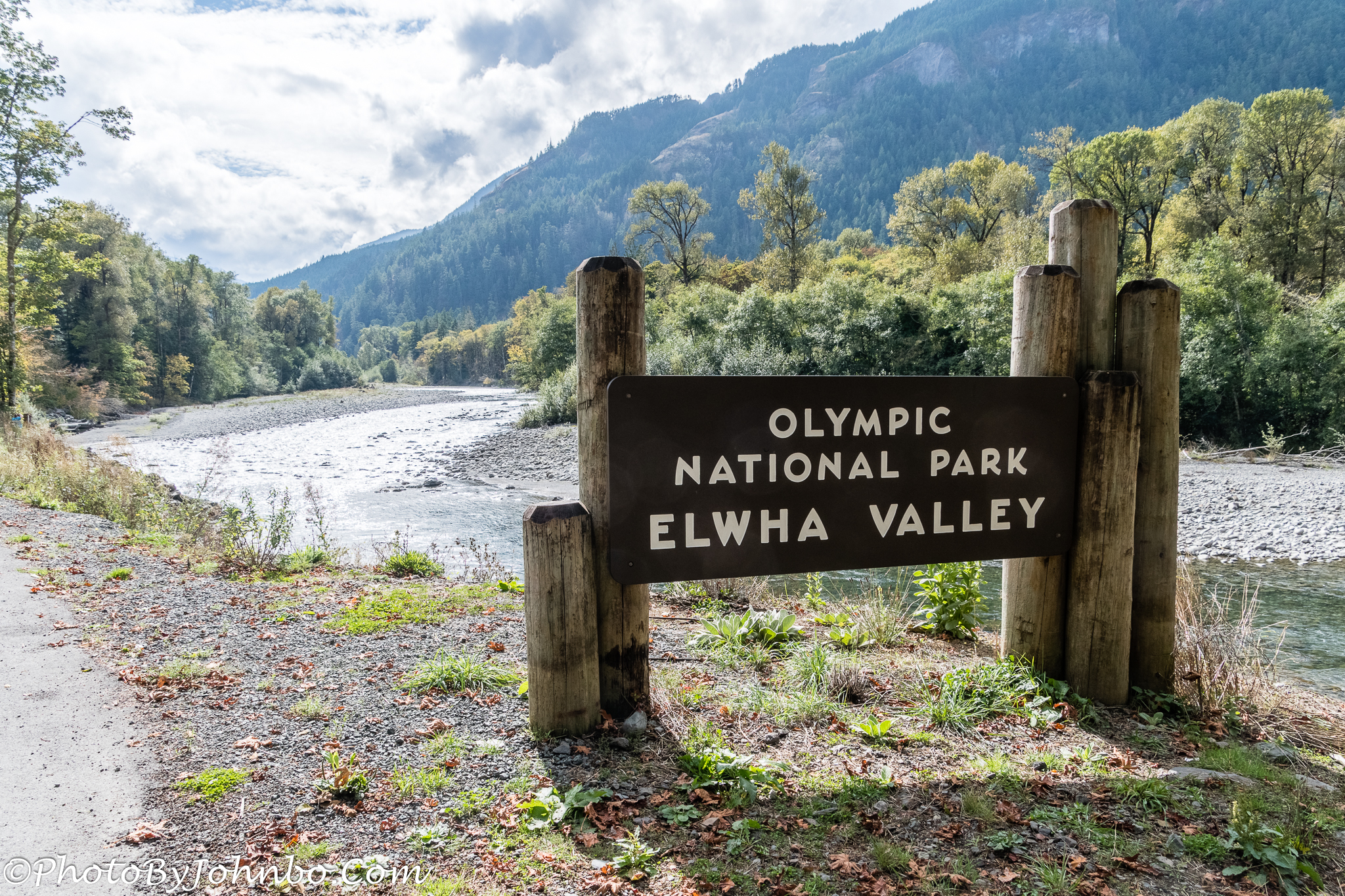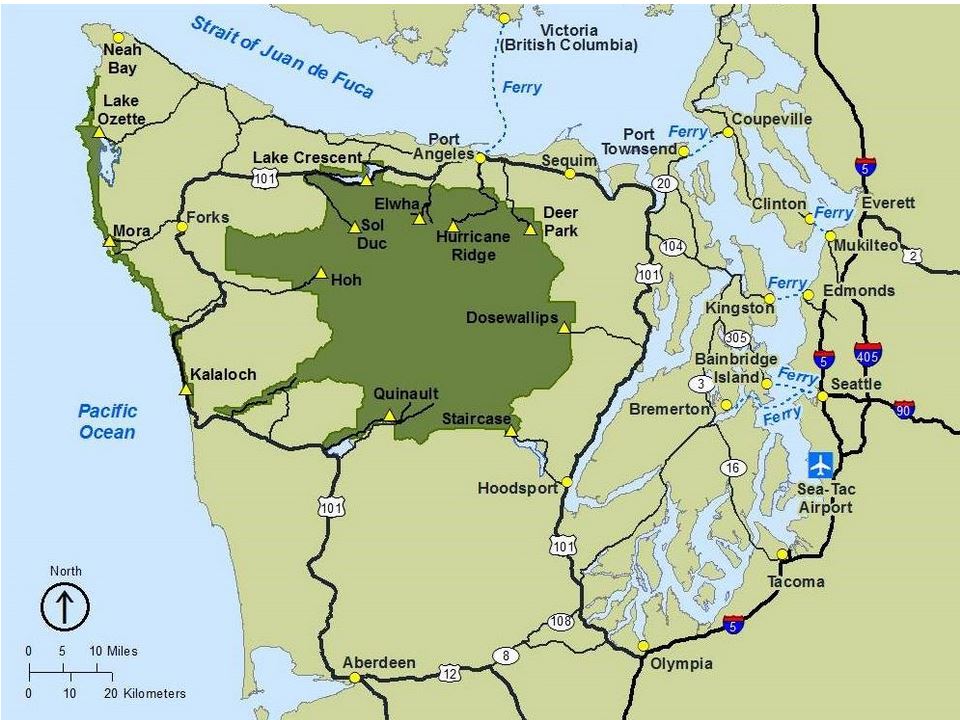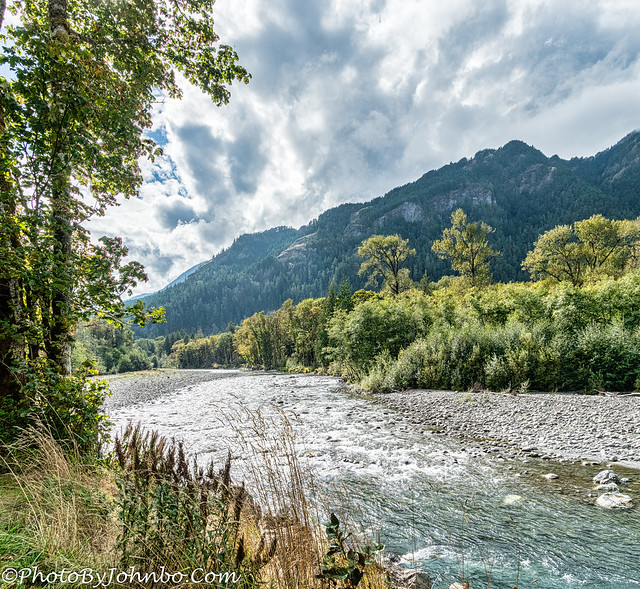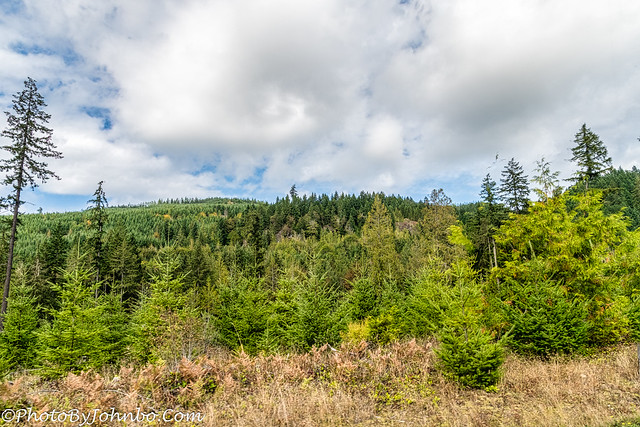
Port Angeles, Washington.
Olympic National Park is different from any other national park I have visited up to this writing. Virtually every park we visited has either a single road or a small network of roads for vehicle travel through the park. Highway 101 goes roughly around the park and has small “feeder” roads that lead a short distance into the park. The majority of the park, however, is inaccessible to motorized vehicles. There are plenty of trails for hikers and bikers to enjoy visits in the park without running into crowds of automobiles.

The map, above, from the National Park Service website, can be found along with more details on getting around the park by simply clicking on the image.
The first road into the park that we chose is the highway into Elwha Valley which travels a short distance along the Elwha River. Once we got to the end of the road, we simply turned back toward U.S. Highway 101.
Not wishing to hike, our party was quite happy to enjoy the views traveling the short distances into the almost one-million-acre park. The history of the area goes back some 14,000 years when the retreat of the ice age left valleys carved by the retreating glaciers.
Some 3,000 years ago, the Makah people inhabited the area, and villages of Native Americans lived in the valley for centuries. In the late 1700s, smallpox brought by explorers killed more than 11,000 native people, then again in 1852, another outbreak caused an entire Makah Nation village to be abandoned.
A timeline of human history and of the exploration and expansion of the area as well as for the creation of the national park can be found on the NPS website here. The scene above is a view from one of the roads into the park.
Logging isn’t allowed in the park, but we happened upon a fully loaded, bright red logging truck as it crossed the Elwha River bridge on U.S. 101. Obviously, logging is one of Washington’s major industries.
We arrived by ferry at Kingston, followed State Highway 104 to U.S. Highway 101, and proceeded westbound on Highway 101. That brought us to Port Angeles and as I noted above, our first views of the park were on the road in the Elwha Valley.
After backtracking on Elwha Road, we headed west to Lake Crescent. Road travelers will find the park service website for Olympic Park to be a valuable tool in finding your way around the park and providing the information you need to determine whether or not you might wish to travel on any specific road into the interior of the park.
The Elwha River was dammed in the early 1900s to support the logging industry. That dam left no provision for the salmon that traveled the river for centuries. To restore the river to its earlier condition, two dams were removed, the Elwha Dam and the Glines Canyon Dam. The project started in 2008 with the preparation of water treatment facilities at Port Angeles to support the changes to the river that the removal of the dams would cause. That project is now complete and the terrain around the dams was restored as closely as possible to the pre-dam landscape.
I have many more images on my Flickr site captured on our visit to Olympic National Park. I invite you to click on any of the images above to view it in 4K HD and to scroll through the entire collection of images in the album. Alternatively, you can click here to visit the album page and select any of the images you’d like to view close up.
John Steiner







That’s a great selection of images. I especially liked the header image with its curving stream and the one with the red truck.
Thanks. It’s a beautiful place, for sure.
Great memories of our own visit here, especially in that photo of the Elwha Valley! I’m sure I have one taken at the same spot – near the parking area at the end of the road? Did you do the short walk to the waterfall there? We spent three days in and around the park but like you relied on the roads to explore it rather than hiking and still manged to see a lot 🙂
We were unaware of the falls. That’s on us. >frown<
I must share some photos one of these days!
Great photo and info, John. I’ve been to Port Angeles several times from different routes. One was by ferry from Seattle to Port Townsend, them drive there. 😊
Thanks. We will be in Seattle next year. I think. Planning another Alaska cruise.
How wonderful, John. Take tons of photos!
What a beautiful Park, and how heartening to read that two dams were given up for the sake of a more natural order – there’s hope for us yet!
Indeed, there is hope. Earlier this month, I was on a boat in one of the deepest river gorges in the country. That beautiful area known as Hell’s Canyon was spared the indignity of a dam that didn’t get built. We and our children might have never seen the rugged beauty of the Snake River.
With a name as forboding as Hell’s Canyon I’m glad to hear that it remains unspoilt!